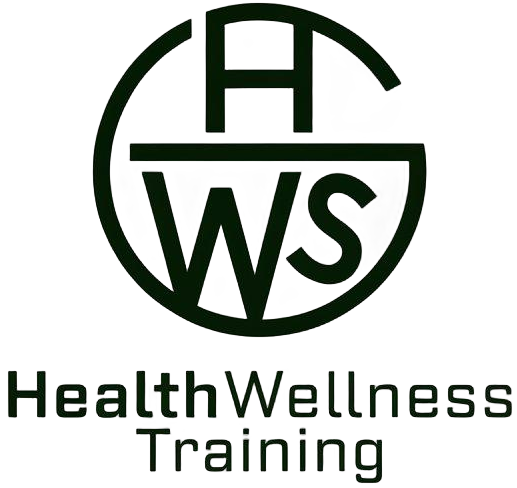The right running shoes can mean the difference between a personal best and a painful injury. Yet with endless models and marketing claims, choosing wisely feels overwhelming. Let’s simplify the process. Whether you’re a weekend jogger or a marathon hopeful, here’s how to match footwear to your body, goals, and terrain—without falling for gimmicks.
Why the Right Shoes Matter
Running multiplies your body weight with every stride, sending shockwaves through your joints. The wrong shoes amplify this stress, leading to shin splints or knee pain. Proper footwear acts as a shock absorber, aligning your gait to distribute impact evenly. Think of them as tires for your body: you wouldn’t take a sports car off-road, so why run trails in road shoes?
Know Your Feet First
Before browsing brands, answer three key questions:
- What’s Your Weekly Training Volume?
- Under 1 hour/week: Prioritize stability-focused shoes to support underdeveloped muscles.
- 1–3 hours/week: Balanced cushioning works best—skip aggressive “speed” shoes that fatigue untrained legs.
- 4+ hours/week: Your body can handle performance-oriented designs with less structure.
- What’s Your Weight?
Heavier runners (over 80kg/175lbs) need maximum midsole cushioning (like HOKA Bondi) to dampen impact. Lighter runners (under 70kg/155lbs) can opt for responsive designs (like Nike ZoomX). - Do You Overpronate?
Try the wet test: Step on cardboard with wet feet. If your footprint shows almost no arch, you likely roll inward and need structured support (e.g., Brooks Adrenaline). Neutral runners do well with flexible options (e.g., New Balance 1080).
Pro Tip: Visit a specialty running store for gait analysis. Treadmill tests reveal what your eyes miss.
Shoe Types Decoded
Match the tool to the task:
- Daily Trainers (e.g., ASICS Gel-Nimbus)
These are your workhorses. Look for durability and all-round comfort for easy miles. Replace after 500–800km when the cushioning flattens. - Carbon Racers (e.g., Nike Alphafly)
Race-day exclusives. The carbon plate boosts efficiency but wears quickly. Save them for chasing PBs. - Trail Shoes (e.g., Salomon Speedcross)
Aggressive lugs grip mud, while rock plates protect against roots. Don’t use these on pavement—they’ll degrade unevenly. - Tempo Shoes (e.g., Saucony Endorphin Speed)
The sweet spot for speedwork. More responsive than daily trainers but tougher than race shoes.
3 Myths Debunked
- “Maximum cushioning prevents injuries.”
Excess softness can destabilize lightweight runners. Balance matters more. - “Pricey shoes fix bad form.”
A $300 shoe won’t compensate for weak glutes or poor stride. Strength train first. - “Shoes need breaking in.”
Modern running shoes should feel comfortable immediately. Discomfort means they’re wrong for you.
When to Retire Your Shoes
Watch for:
- Bald spots under the forefoot
- Midsoles that don’t rebound when pressed
- New aches after familiar routes
Most shoes last 500–800km, but your body’s feedback beats any odometer.
Final Advice: Trust Your Instincts
The best shoe disappears on your foot. Ignore hype—focus on how your arches and knees feel mid-run. Test shoes in the evening (feet swell during the day) and wear proper running socks. Still unsure? Rotate two pairs to reduce injury risk and compare performance.
Now lace up and hit the road. Your perfect run starts from the ground up.


